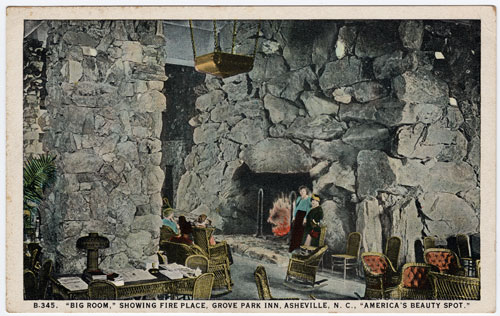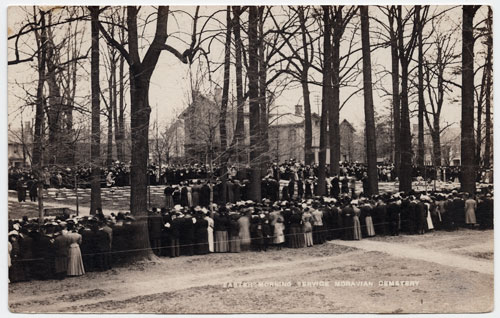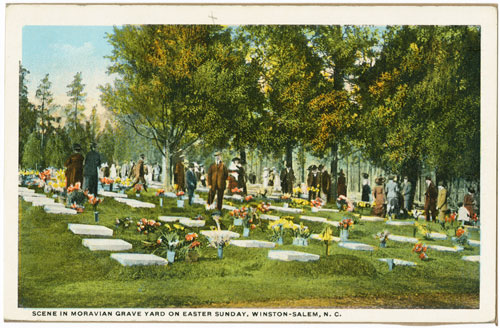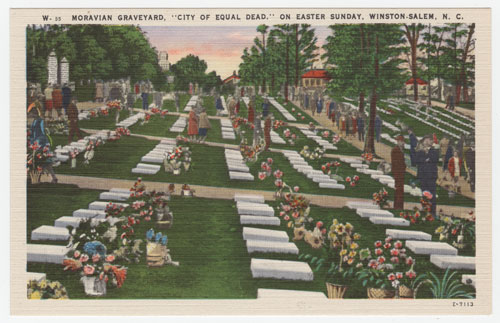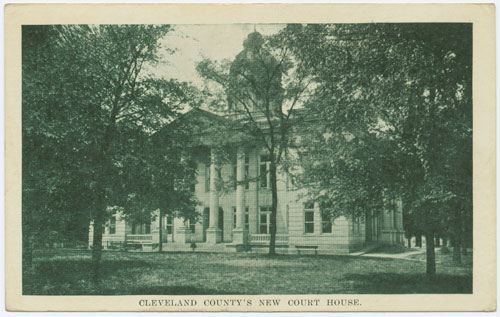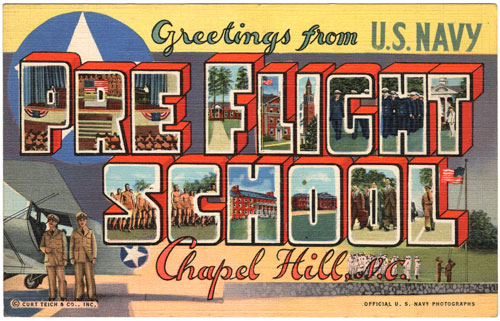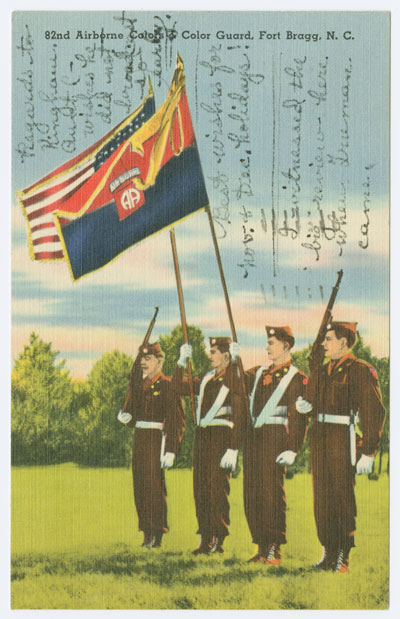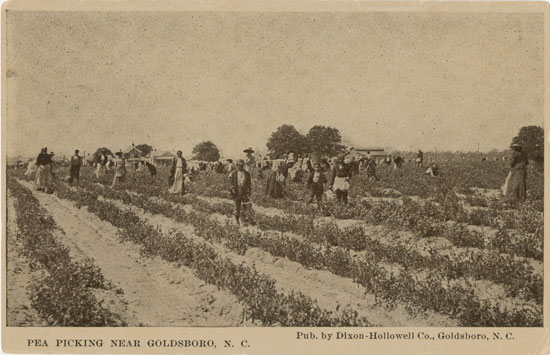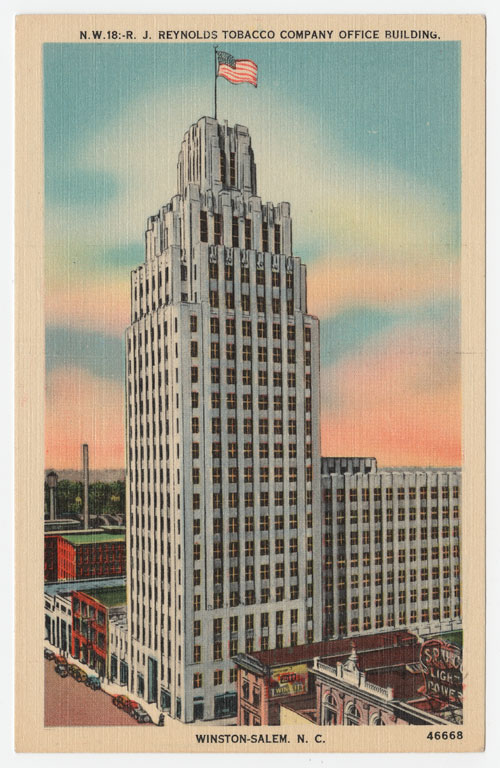
On our Facebook page and Twitter feed Wednesday, we shared this quote from former UNC Chancellor Robert B. House.
As I saw Franklin Street in 1912, it was a dusty red avenue cut through a forest of magnificent trees….My first impression of Chapel Hill was trees; my last impression is trees….It is no wonder that Chapel Hillians are ardent tree worshippers and the symbol of the place is Davie Poplar.
The mention of House and his comments about symbols of Chapel Hill sparked me to recall the postcard above. It’s from our North Carolina Postcards online collection. That’s Chancellor House buying some flowers from the “flower ladies” on Franklin Street. They, too, were a symbol of Chapel Hill, selling their fresh-picked flowers near the Intimate Bookshop on the north side of Franklin Street almost daily.
No one is sure when the flower ladies began their sidewalk sales. But they had been going strong for a decade or two when, in the late 60s, town leaders passed an ordinance banning sidewalk sales. The law was designed to curb another type of sales that had sprouted on Franklin Street. Some vendors had taken to selling leather goods, jewelry and pot pipes on the street. But if the “hippie” merchants had to go, so, too, did the flower ladies. They were no longer allowed to sell from their Franklin Street location.
After an outcry from towns folks, the Chapel Hill Town Council backtracked and allowed the flower ladies to continue their sales. But they couldn’t do so from Franklin Street. The flower ladies moved to an alley just off Franklin, a space that eventually become the entryway to NCNB Plaza (now known as Bank of America Center).
Sadly the flower ladies are no longer a common sight downtown. In 1983 Lillie Pratt, who does still show up occasionally to sell her flowers, told a reporter for the Greensboro News & Record that her flower sales were less a money-making venture and more a hobby. “I reckon the best you’re gonna do is swap your money,” she said. “The seeds cost a lot more than they used to, and Lordy, you ought to try to fight the bugs….I stand out in the garden and just wonder why I’m doing it, why I’m fighting all these bugs.”
The newspaper writer added:
It’s funny and a little silly to Lillie Pratt that she and the other ladies should be so highly regarded because they tend gardens and sell flowers for a hobby.
She crinkled her nose at anyone who would call her a landmark, and goes ‘Oh, pshaw,’ to anybody who would take her picture and talk to her as if she were the governor.
But, still she comes back, two or three times a week, every week. And she will keep coming back, Lillie Pratt said, as long as her hobby holds her interest and she can keep the bugs at bay.
And as long as there are daffodils in the spring.
Here’s hoping the flower ladies will sprout again.

